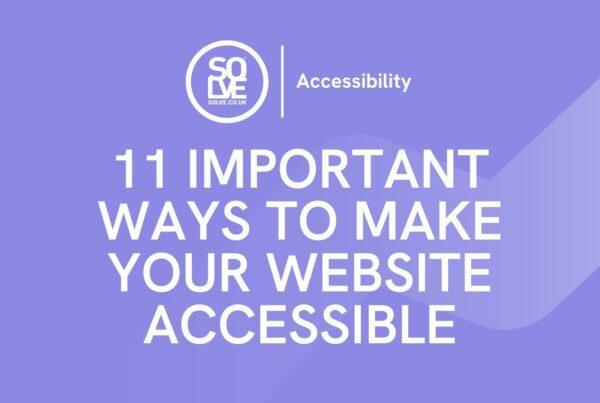
Your brand makes you instantly recognisable to consumers. I bet we all know the tech giant whose logo is a certain piece of bitten fruit. Or the luxury car manufacturer with the four interlinked rings?
And colour plays a part too. According to a recent survey, 80% of people recognised the Starbucks brand by colour alone, and a whopping 91% picked out Google by its signature blue, green, yellow and red colours.
But defining and building a brand as strong as these takes time, creative energy and consistency.
Your brand is who you are, how you do business, how you are perceived in the market and how you set yourself aside from your competitors. And as your business grows, you’ll want to protect your brand to ensure it doesn’t get diluted or polluted and your message lost. Whether your business is a multinational or a small startup, you can preserve your brand by defining a set of solid brand guidelines.
Here at Solve, we work with branding guides daily, ensuring a new website adheres to a predefined brand guide or establishing a set of guidelines for brands we’ve helped create.
This post gives you all the basics you need to know about brand guidelines, from what they are and what to include to real-life examples.
In this blog, we will cover:
Why are brand guidelines so important?
What does a brand guideline include?
What are advanced brand guidelines?
7 brilliant brand guidelines examples
How to start building your brand guidelines
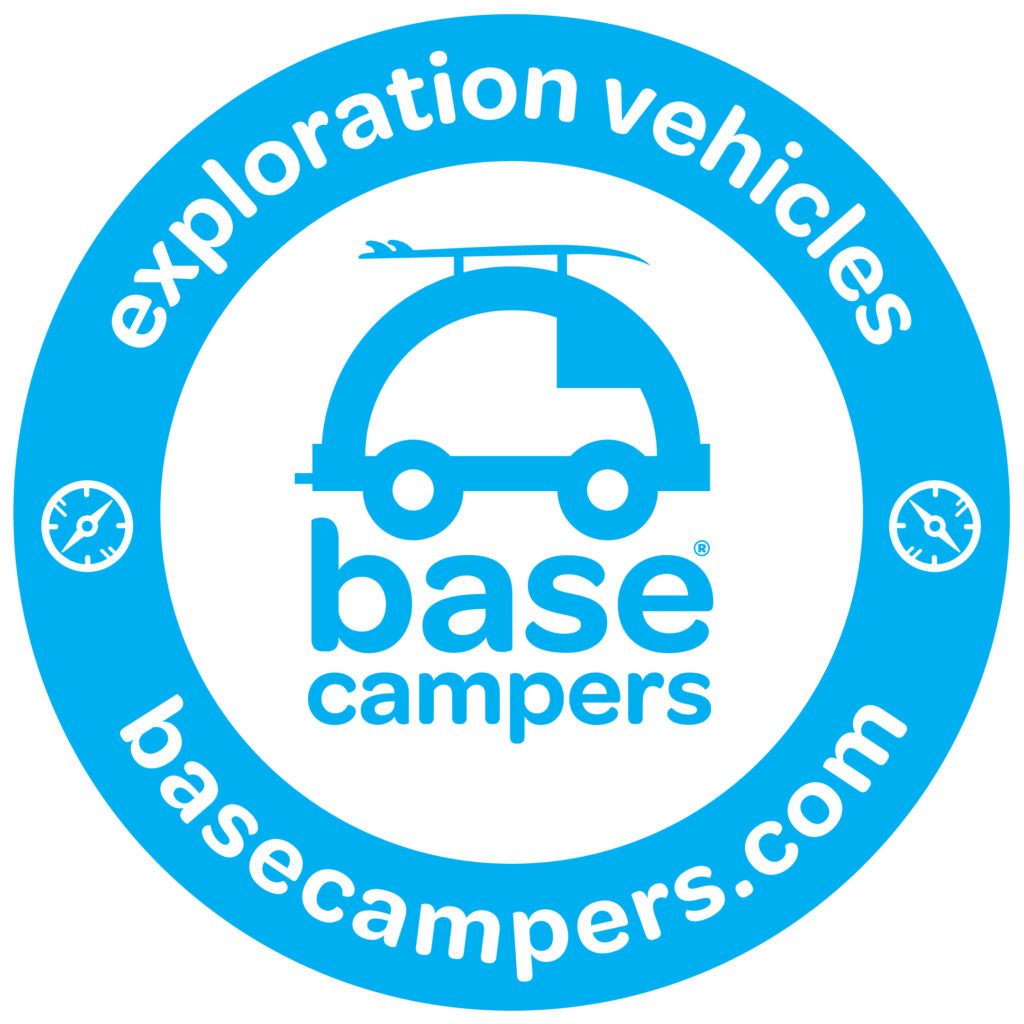
What are brand guidelines?
Brand guidelines define your brand and how people should use it both internally and externally.
More than the mere guide that the name implies, brand guidelines contain instructions and strict standards on how your visual assets, like logos, and words, should be used to accurately represent you and portray your desired brand identity.
Brand guidelines can be hard copy brochures, quick reference digital PDFs, engaging video presentations or dedicated pages on your website. Depending on your business, your strategy and who will use your guidelines, you can choose a medium that suits you.
Brand guidelines can outline the visual brand elements or be an advanced brand style guide that establishes your complete brand story and how to tell it, including brand identity, target market, voice, logos and other assets.
Why are brand guidelines so important?
They maintain brand consistency
A brand style guide is critical to maintaining a consistent representation of your brand. Depending on the size of your business, you may have multiple departments, agencies and/or partners, which can make it hard to control how your brand is used.
As a clear, defined set of standards and instructions, a brand guideline ensures reproductions of your logo, company name, packaging, etc. all come together in a uniform, solid identity consistent with your brand story. Check out EthicaCBD and Kingdom & Sparrow for powerful, consistent branding examples.
They build a more recognisable brand
And the more consistent your branding, the more recognisable it is to consumers.
Imagine, for example; you are a beauty brand that sells its products to multiple salons across the UK. These salons all follow your brand guideline to ensure your brand is represented accurately and consistently across their promotional materials, both online and offline.
The more consumers see your logo and products, the quicker they recognise them, which builds trust, authority and brand loyalty.
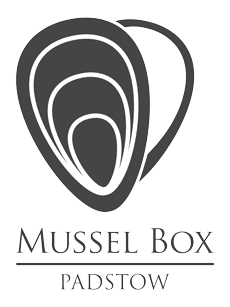
They make your brand easier to work with
Brand guidelines aren’t just about maintaining control; they’re about making it easier for people to work with your brand.
Both internally across departments and externally with suppliers and agencies, having a predefined brand style guide makes it easier for people to correctly use assets or write content in your preferred voice.
They don’t want to second guess colours or spacing, and they want to ensure that what they deliver seamlessly fits your existing marketing.
If it’s all laid out and spelt out in an easy-to-understand format with access to download-and-go assets, it makes life easier (and more efficient) for everyone involved.

They make your brand more transferable
A brand style guide will also define how your brand should look and feel across multiple channels, from your website to social media and adverts, making your brand more transferable.
Style guides can include the types of imagery used on various channels, the colour palette and even pre-created assets like profile banners.
Having standards for various channels makes your brand more flexible and easier to use across mediums, and outwardly, it keeps that recognisable, uniform identity which is so essential to building and maintaining your brand.
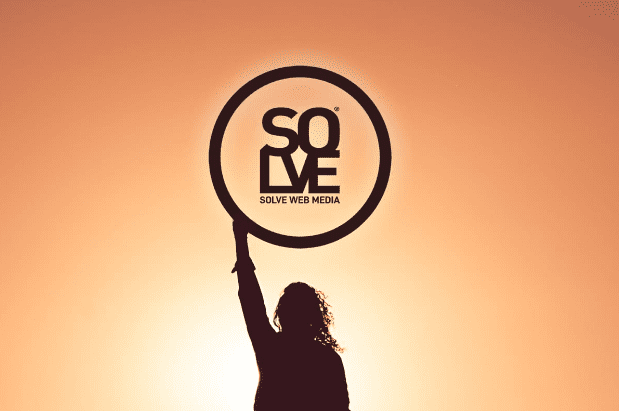
What does a brand guideline include?
Logos and placement
First and foremost, brand guidelines cover your logo and any allowable variations. Some brands only have one logo, while others may have multiple versions.
Take Google, for example, they frequently use a logo with their full name where it allows, but they also use the colourful ‘G’, usually where space is tight, like on a mobile browser or app icon.
You may also have variations of your logo in different colours, which will work better on specific mediums, and you might have versions with and without your brand’s tagline.
All these allowable variations should be predefined in the branding guide to avoid rogue versions of your logo appearing that aren’t consistent with your brand.
Brand guidelines should also specify what placement, orientation and spacing are permitted with your brand. And importantly, your brand style guide should include what’s not allowed, making things crystal clear for users.
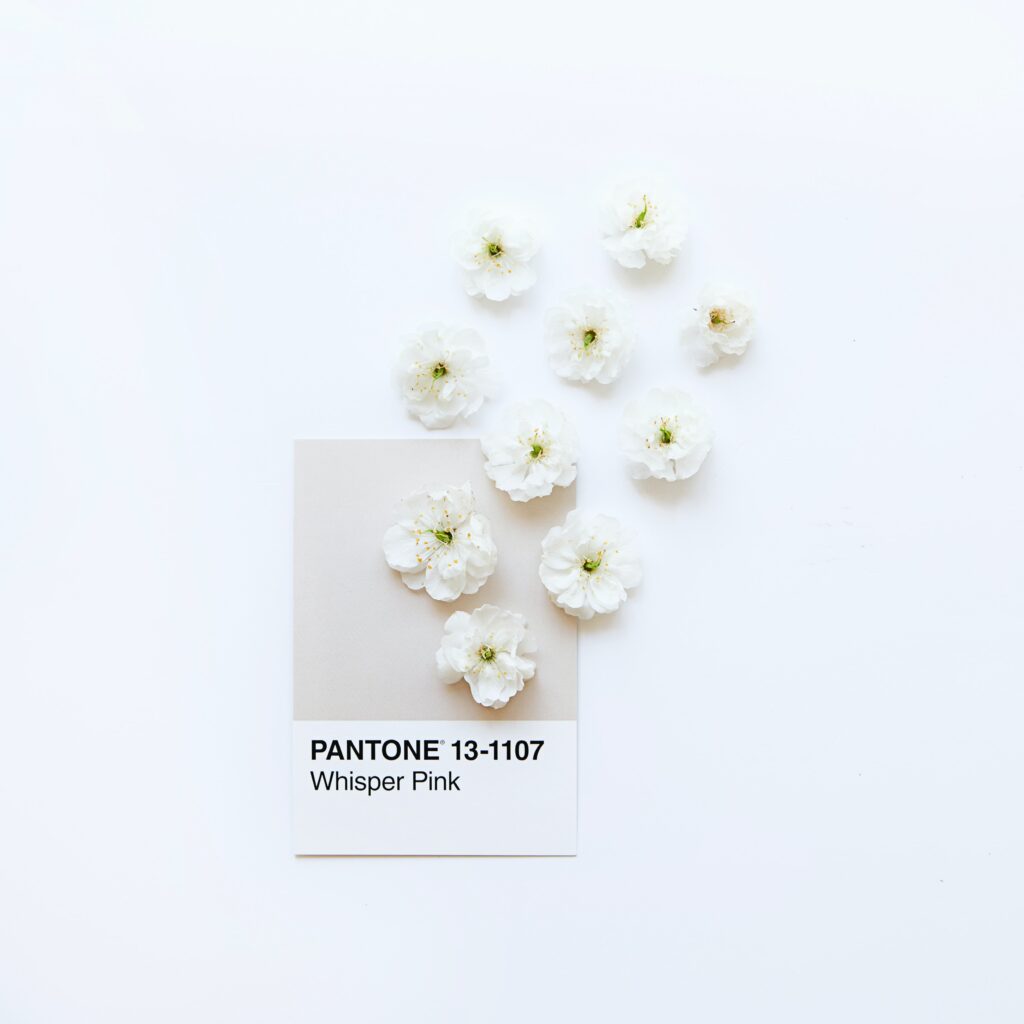
Colours and Font
Colour is also an essential part of brand guidelines. All brands will have predetermined pantones used on everything from packaging to logos.
These are carefully selected to ensure they convey the right feel for the brand, so you should state expressly what these are (with codes) so that your image can be reproduced accurately and consistently.
Font (or typography) also features a brand style guide. Your brand may have one font or 2-3 for different purposes e.g. logo and brochure text.
Other brand assets
As well as your primary logo and font, your brand may have other assets that it uses consistently to convey key messages, so you’ll want to include these in your brand guidelines to ensure they are used correctly too.
Other brand assets can be things like icons on your websites, such as Facebook’s thumbs up ‘like’ button, or they could be symbols or emblems like ‘vegan friendly’ or ‘please recycle.’
Your brand guidelines may include assets or guidelines regarding other sites like social media, defining what profile pictures, posts, images, and even colour schemes should be used on specific platforms.
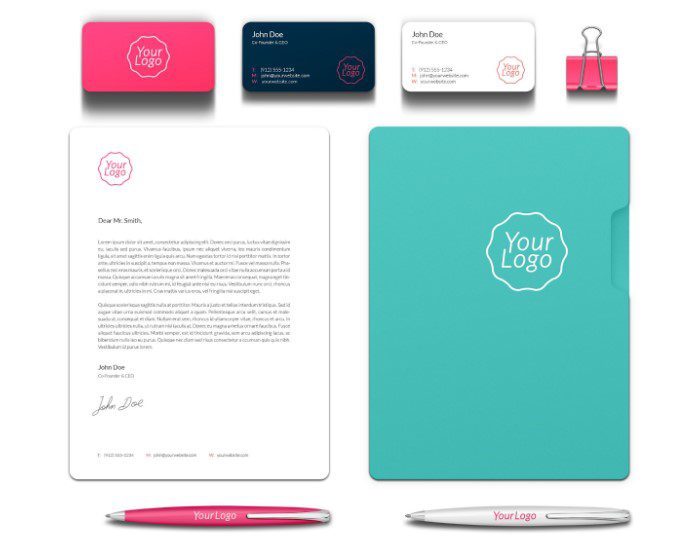
Photography
Photography is a critical part of communicating a brand’s aspirational message, particularly in a B2C environment, so make sure you specify the type of images you want to represent your brand in your guide.
You should include the desired colour palette, positioning and even image texture to keep them fitting with the rest of your marketing. And these guidelines will likely be different for product and lifestyle imagery, so ensure both types are clearly defined.

What are advanced brand guidelines?
Advanced brand guidelines are perfect for larger, more established businesses that want to define their entire personality, who they are and how to represent them.
These in-depth guidelines are valuable for marketers both internally and externally. They’re also great presentation tools for employees (both existing and new), suppliers, distributors and customers, inviting them into the pages of your story.
They can even be used to train sales teams and customer service specialists.
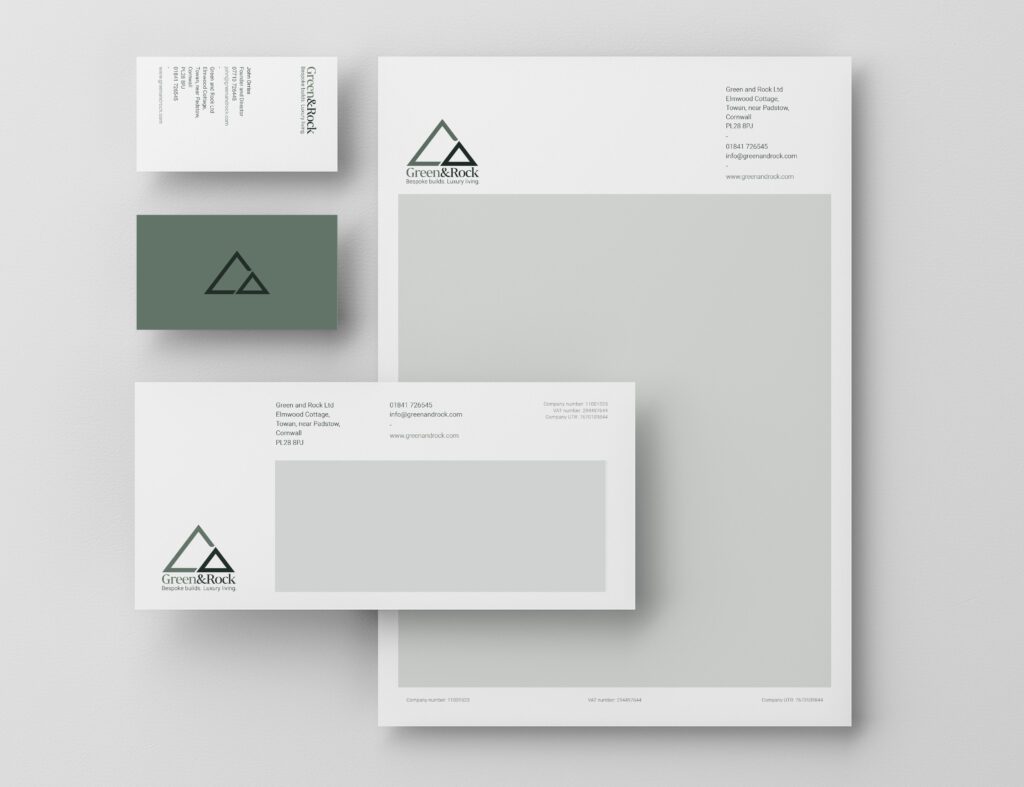
What do advanced brand guidelines include?
Overview of the brand
Most advanced brand guidelines start at the very beginning. They state a brand’s overall message, purpose, values, history and mission. They set the scene, so users of the guide know exactly who they are working with.
Advanced brand guidelines will also define USPs and where the brand sits in the marketplace.

Target market
An important part of advanced brand guides is defining your target market. And this doesn’t just mean basic demographics.
Outlining your target audience means turning them into real people for your team to get to know. What do they like to do, and how do they spend their free time? What are their motivating factors or pain points? What are their values?
This invaluable information gives vital background to your brand and helps shape and target any future marketing materials.

Tone of voice guidelines
One of the fundamental differences in advanced brand guidelines is that they define your brand’s voice and tone.
Your tone is how you want your brand to sound and which words you prefer to use (and not use) to convey this voice. The style goes hand-in-hand with the visual identity and drives the words you use to discuss your brand or business across all sales and marketing channels.
By establishing your voice in your brand style guide, you ensure that everyone from employees to distributors is singing from the same hymn sheet and that this consistent message is projected out into the marketplace both verbally and in written form, online or in print.
Your brand voice should define your brand’s messages and how you want your brand to be seen, using readily understood terms. For example, you may state that your brand is authoritative, helpful, welcoming, knowledgable or enthusiastic. These adjectives are for internal understanding so that creatives can project these messages and tone in their work. They’re not necessarily the copy you would use on a website or document.
However, the market-ready phrases should also be defined in brand guidelines in the form of a glossary. If keywords, phrases and taglines are essential to getting a consistent message across, then these should be specified in your guide.
For instance, you may want to describe your company as a digital marketing agency rather than an SEO company, or you might refer to your target market as ‘clients’ or ‘partners’ rather than ‘customers’.
Your voice guidelines may extend even further into stylistic instructions like grammatical structures, whether to use contractions, headline formats, etc. It all depends on how prescriptive you want or need to be.

Visual identity
Advanced brand guidelines would include everything from a standard guide regarding visuals. So if you’re preparing an advanced guide, you’ll need logos, fonts, colours and imagery details.
Other visual elements or merchandise
Advanced guidelines may extend deeper into visual elements, providing instructions on how your brand should be represented on everything from boxes and bags to vehicles, uniforms and merchandise.
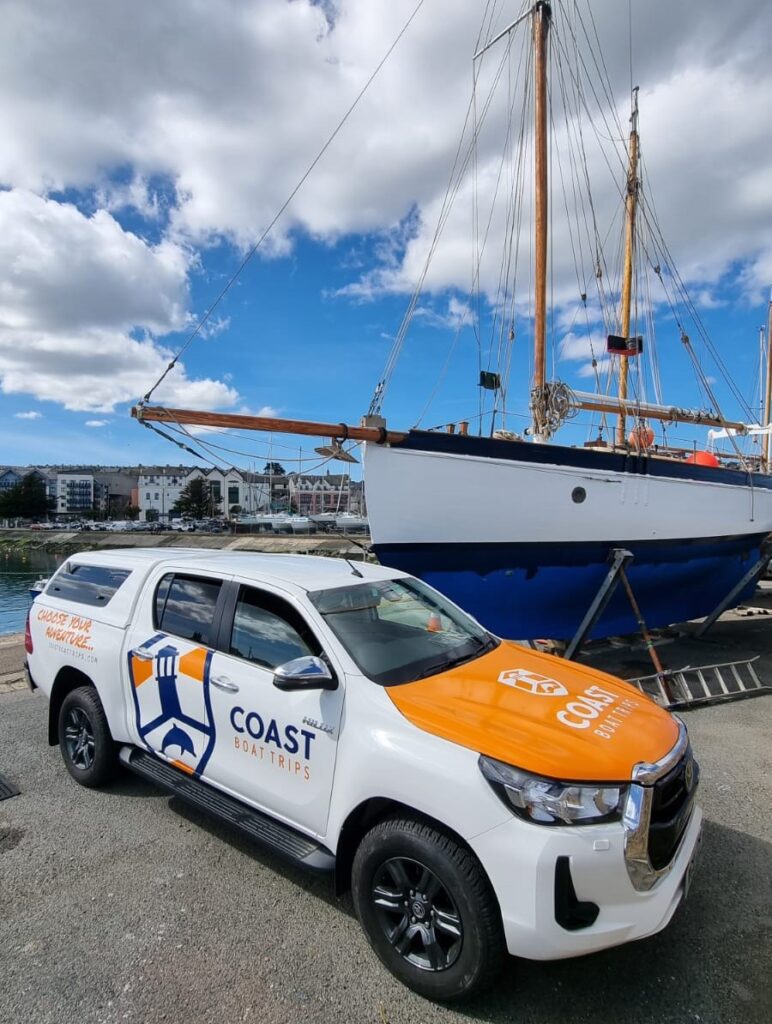
7 brilliant brand guidelines examples
To help visualise how the finished product might look, browse these brilliant brand guidelines examples, from global market leaders to lesser-known favourites.

- Spotify – Specific web pages dedicated to guidelines on using Spotify’s brand assets.
- Skype – Downloadable PDF brand guidelines establishing allowable and prohibited usage of Skype’s brand assets.
- Audi – Advanced brand guidelines specifying in detail the identity, messaging and how to use assets.
- Starbucks – Dedicated web pages giving a helicopter view of Starbucks’ branding and usage.
- Slack – PDF advanced brand guidelines outlining the identity, visual assets and trademarking.
- Coast Boat Trips – Simple brand guidelines covering logo usage, colours and fonts, created in-house by Solve.
- Green and Rock – Brand guidelines outline logos, pantones and typography created by Solve.
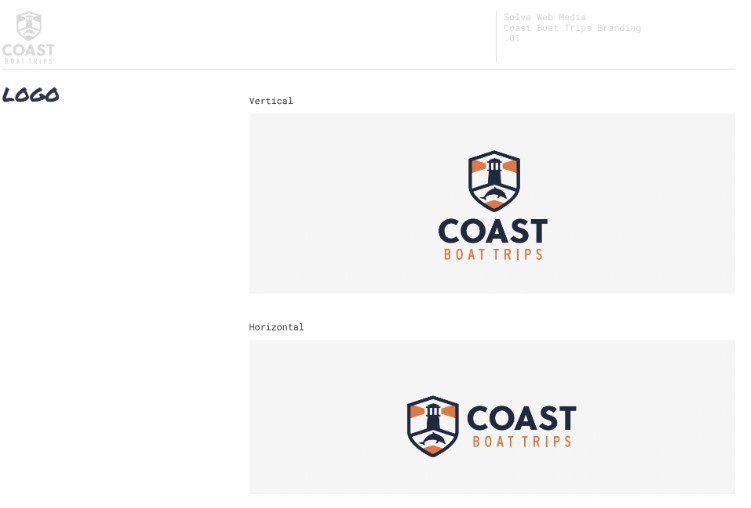
How to start building your brand guidelines
Most creative marketing agencies, like Solve, can prepare brand guidelines for you. All they need from you is a brief of your brand, how you want it to come across, who your target market is, and any creative ideas you may already have. You’ll also need to specify which assets need. From there, they will work with you to create logos, other visuals and tone of voice guidelines that project, build and solidify your brand.
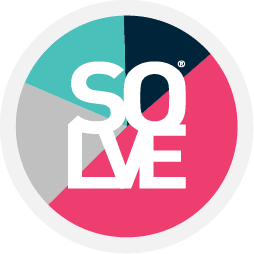
Brand guidelines to help tell your story
So now you know what a brand style guide is, why they are so important and what they include – you’ve even got some heavy-weight examples for inspiration.
If you’re still struggling to get your head around what you need to do, or you’re looking to get started on your branding journey, get in touch with the geeks at Solve. From designing logos to building websites and helping create solid brands, our top team of creatives are here to guide you along.



